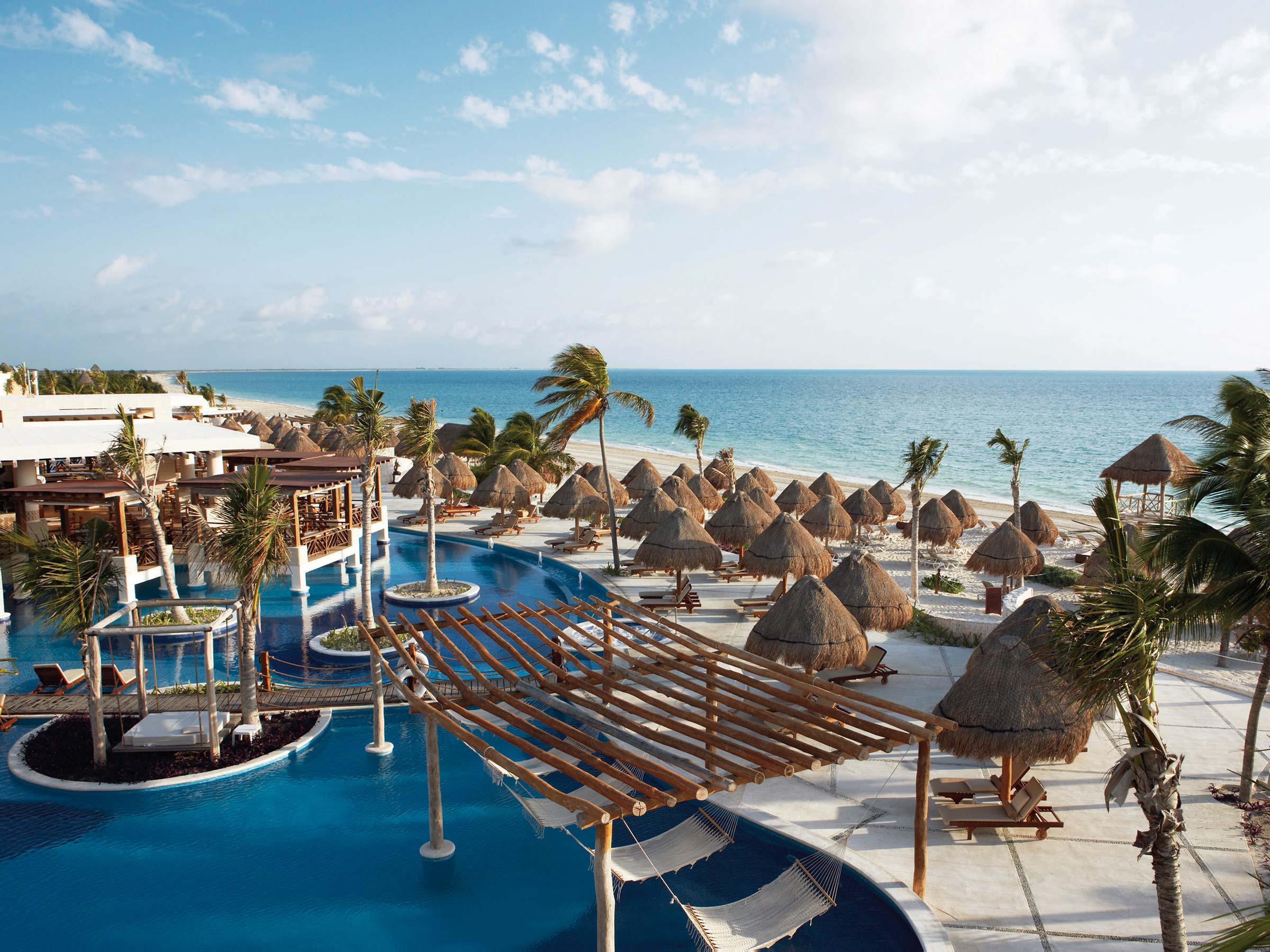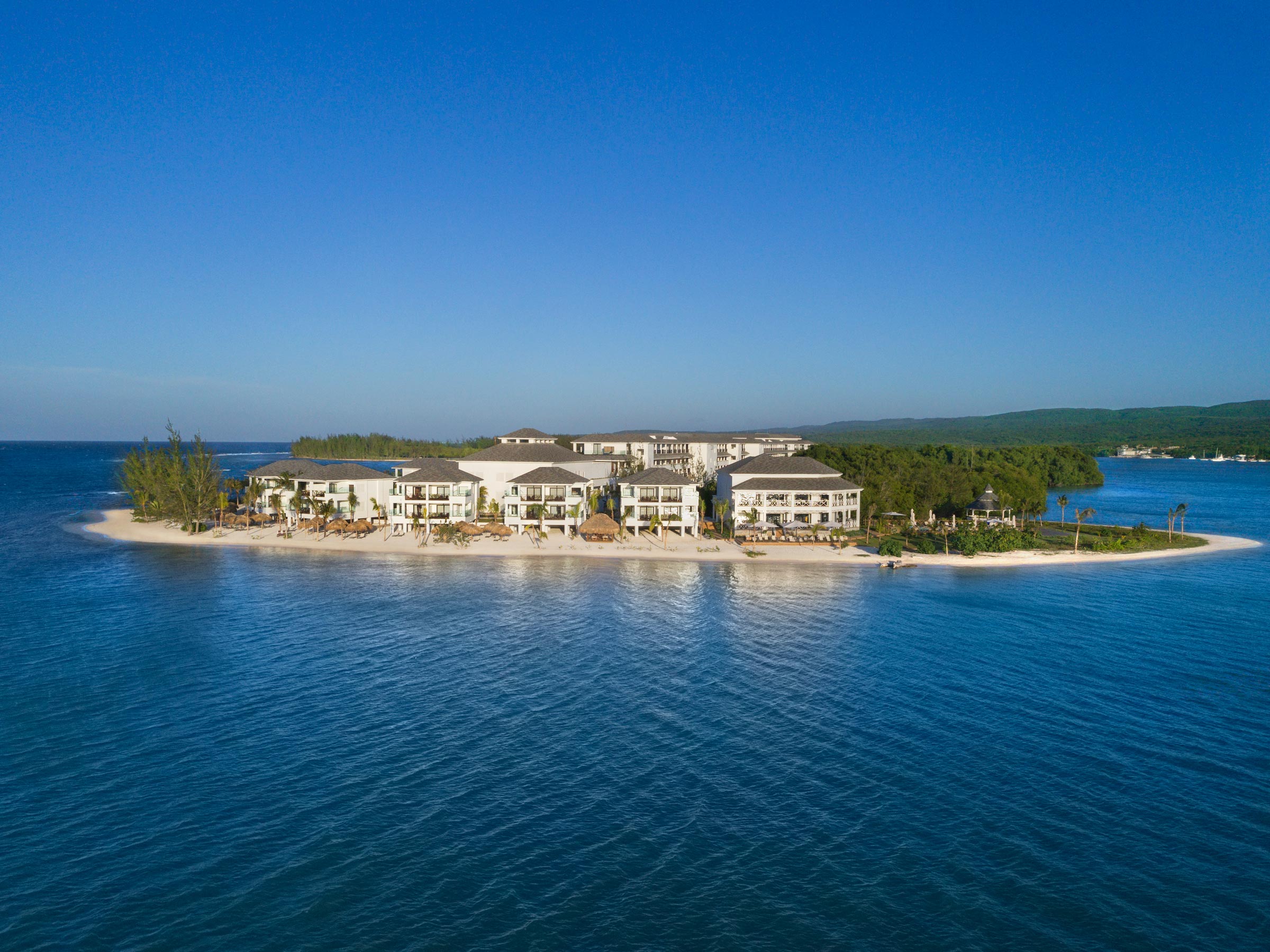Stations balnéaires
Excellence Resorts

Excellence Punta Cana
Punta Cana, République Dominicaine
Une pittoresque escapade caribéenne vous attend à notre centre de villégiature formule tout inclus pour adultes à Punta Cana. La beauté d’Excellence Punta Cana est offerte en modèle personnalisé, que vous préfériez vous offrir la vue sur la beauté environnante, les piscines de style lagon ou les éternelles plages de sable blond, où règnent romance, chaleur et détente; tout ce que vous recherchez d’une expérience entre adultes dans les Caraïbes.
Offrez-vous une escapade empreinte d’un luxe inégalé dans cette oasis de possibilités et de sophistication, refuge de tranquillité côtier où règnent détente et intimité sous leur forme la plus pure, avec nos édifices bas, suites spacieuses et services personnalisés, dans lesquels vous retrouverez votre second chez vous à tous les détours. Réservez votre prochaine escapade romantique chez Excellence Punta Cana, notre centre de villégiature formule tout inclus de luxe pour adultes à Punta Cana.



